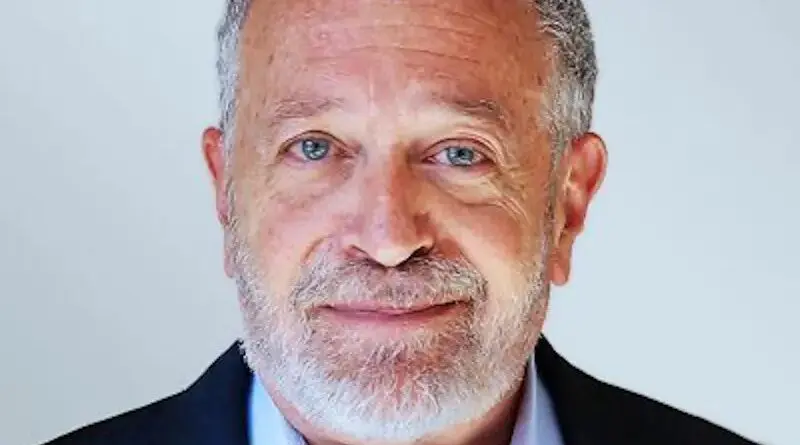Robert Reich: One Small Step For Starbucks Workers, One Giant Leap For Workers Across America – OpEd
By Robert Reich
Workers in one Starbucks store, in Buffalo, New York, made history this week by becoming Starbuck’s first unionized workplace. It’s a watershed for the biggest coffee seller in the world, which operates 8,953 stores in the United States — and which has done everything in its power to keep its workers from forming a union.
The vote itself was tiny. Nineteen baristas and shift supervisors voted in favor of unionizing, 8 voted against. But it marked a huge victory, nonetheless. Starbucks had waged a massive anti-union campaign in Buffalo — sending out-of-town managers and even executives into stores to discourage unionizing, closing down some stores, and packing remaining stores with new employees in order to dilute pro-union employees’ voting power.
For years, Starbucks workers have complained about the company’s labor practices, claiming that chronic understaffing has created a chaotic work environment, erratic hours, and difficulty in taking sick days. Despite episodic commitments by Starbucks management to change, the complaints have continued. They intensified during the pandemic when overstretched Starbucks employees also had to deal with new health risks and safety protocols.
The union election marks one of the highest-profile union wins in memory for U.S. restaurant workers, who are among the least unionized in the country and whose pay and benefits are among the lowest in all of corporate America. It’s certain to encourage more unionizing efforts among workers in restaurant chains.
What occurred at one Starbucks store is part of a much larger pattern — a surge in strikes and labor actions across America.
Kellogg’s striking workers are still holding the line and refusing to allow the company to separate employees into tiers (with newer workers getting lower pay and benefits).
Amazon warehouse workers in Bessemer, Alabama will get another chance to unionize (the National Labor Relations Board found that Amazon used unfair labor practices in the recent election there).
Three thousand student workers at Columbia University have been on strike for six weeks to demand better pay and health care (on Tuesday, at least one hundred members of the Columbia faculty joined them on the picket line).
What’s going on? Partly, low-wage workers have more bargaining leverage now than they’ve had in years. As the pandemic recedes (let’s hope it continues to), consumers are spending at a higher rate than they have in over twenty months. To respond to this surge in pent-up demand, employers are seeking workers.
But at the same time, workers across America are taking a fresh look at their jobs. Record-high “quit” rates and near record low rates of labor-participation suggest that a significant number are asking themselves if they want to go back to their old jobs — and are answering “no.”
Part of the “no” is an unwillingness to settle for their former wages and working conditions — especially in big companies (like Starbucks, Amazon, and Kelloggs) whose profits have been sky-high. (Or even in richly-endowed universities like Columbia.) That “no” is also reverberating across America in the form of strikes.
Many of these workers were on the front lines in the pandemic, and now they feel (with some justification) it’s time for their efforts to be rewarded. At a deeper level, I suspect the pandemic itself has caused many people to reevaluate what they’re doing with their lives and to set different priorities for themselves (although I can’t prove this).
For years, many big corporations like Starbucks have sold themselves as “socially-responsible” — offering consumers the soothing reassurance that in buying their products they’re somehow advancing the common good. That was always bullshit. Corporations exist only to make money. Corporate social responsibility is a jejune form of public relations. Starbucks’s aggressively marketed “socially responsible” business model turns out to be no different.
When corporations like Starbucks fight their workers’ legal right to form a union, the PR veil is lifted for all to see what’s really going on. Starbucks calls its workers “partners,” but they’re not in fact partners. They don’t share in the firm’s profits. Between January and September of this year, Starbuck’s revenue soared to $20.9 billion — compared to $17.3 billion in the same period last year. Its president and chief executive officer, Kevin Johnson, made $14,665,575 in total compensation last year and is on the way to getting a far larger package this year. Yet current average hourly pay at Starbucks is $14, or $28,000 a year.
It’s all about power — the power of workers to join together to gain the bargaining clout they need for better pay and working conditions, up against corporate power to keep wages so low that shareholders and executives can make even more. The victory at one Starbucks store in Buffalo, New York, is a small step on the long trail toward rebalancing such power in America.
What do you think?

